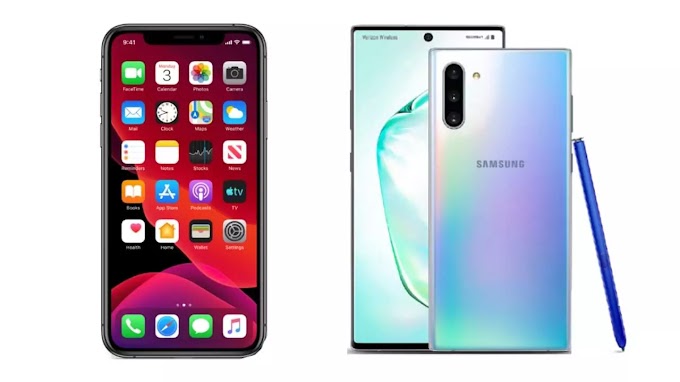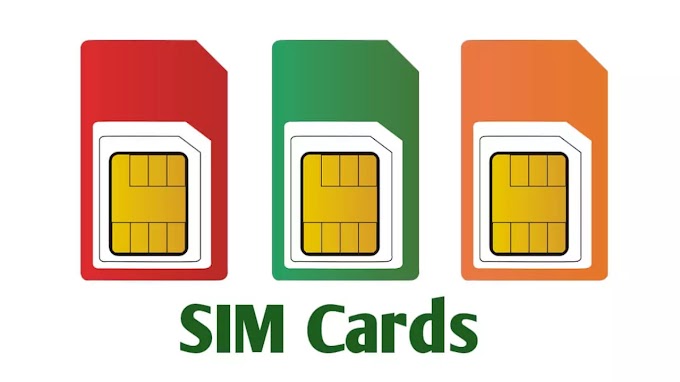Who invented radio and when?
Today, even though we have started using many advanced mediums for entertainment and news, the way in which information, entertainment and science communication have increased importance in society, radio has seen the expansion of FM (Frequency Modulation) channels.
Has increased its utility from But do you know Radio invented, who maintains his unique identity even in the present time? Radio connections to remote locations were invented in December 1895 by Italian world-renowned physicist Guglielmo Marconi.
In fact, Marconi is called the father of wireless wire. He was awarded the Nobel Prize in Physics in 1909 for this important discovery made in the field of communication revolution.
The story of Marconi and the invention of radio
Born in Italy, Marconi was engaged in science experiments since childhood. His house was very big. They used to do their experiments in the top most rooms of the house.
His father Gusep Marconi was not happy with his activities, but his mother's support was always with him. Marconi was so busy with his works that he did not even come down from the room to eat food. His mother used to give him food in his laboratory.
When Marconi was about 20 years old, he came to know about the radio waves discovered by Heinrich Hertz. His idea was that these waves can be used to carry messages. At that time, messages were sent using a Morse code using a wire. Marconi started work in this direction.
One night in December, 1894, Marconi came down from his room and woke up his sleeping mother, Sinora Marconi. He urged his mother to walk to the lab room. He wanted to show his mother something important.
Sinora Marconi was sleepy, so at first she murmured a bit, but went upstairs to the room with her son.
Upon reaching that room, Guglielmo showed his mother a bell which was hanging between some devices. He himself went to another corner of the room and went there and pressed a Morse key. The sound of a mild spark came and suddenly a bell kept 30 feet away started ringing.
The ringing of the bells at such a distance without any wire support was a great achievement.
Sleepy, her mother showed her enthusiasm for this experiment, but she could not understand that making this electric bell was such a big thing that her night sleep was spoiled for this.
Marconi's mother understood this when Marconi showed his message to the world by sending wireless messages from one place to another.
When a man gets success in some work, his spirits get boosted. The same thing happened with Guglielmo. He took the distance to send and receive his signals with the help of his younger brother across the garden of his kothi.
It was a matter of a day that Marconi placed his made transmitter on one side of the hill and the receiver on the other side. His brother stood to receive the message near the receiver.
When the brother started getting the message, he happily climbed the hill and danced. Seeing this joy of his, Guglielmo became convinced that his instrument was working.
To pursue his experiments, Marconi appealed to the Department of Posts and Telegraphs of the Government of Italy for financial assistance, but refused to help.
Guglielmo was not disappointed when he did not get help from the Italian government. At the age of 22, he left for England with his mother on board the ship.
There, between 1896–97, he made a number of successful demonstrations related to wireless wire from the equipment he had built. Sir William Prince, the chief engineer of the Head Post Office of London, showed considerable interest in his experiments.
In 1897, he was successful in sending radio messages up to 12 miles. This sparked Marconi's name throughout Europe. Human's dream of sending a wireless message was fulfilled.
In the same year, Marconi also started his company 'The Wireless Telegraph & Signal Company' (later also known as Marconi Company).
It was in 1898 that the Crown Prince of England fell ill in his small ship near an island. In those days, Queen Victoria was also living in the same island. Marconi connected the two places by wireless wire to inform the queen about her son's health. 150 wires were sent from both places in a span of 16 days.
In 1899, he was able to send radio messages across the English Channel for a distance of 31 miles. On 12 December 1901, Marconi achieved another feat. The first time succeeded in sending the letter S of English by Morse code across the Atlantic Sea. This increased his fame around the world.
For the next two decades they continued to refine the way radio worked. Finally, on 14 February 1922, radio broadcasting service started in England with the instruments made by him.
At the young age of 33, in 1909 he was awarded the Nobel Prize for his great achievements and in 1930 he was elected President of the Royal Academy of Italy.
Marconi lived to the age of about 63 and saw with his eyes all the great changes he had been instrumental in bringing. On July 20, 1937, when he died in Rome due to a heart attack, radio stations in America, England and Italy were closed for a few minutes in his honor.
We can never forget this scientist who provided the basis of radio communication to the modern era.
History and present of radio in India
The total history of radio in India is almost 98 years old. On 8 August 1921, the concert began with a special concert and traveled from Mumbai to Pune.
Then amateur radio clubs went round. Radio Club Bengal on 13 November 1923, Mumbai Private Radio Service Club on 8 June 1923, Madras Presidency Radio Club on 31 July 1924, and all these radio service clubs died in 1927.
What happened then was the Indian Broadcasting Company (IBC) became a private broadcasting institution on July 23, 1927, inaugurated by the Viceroy of Mumbai, Lord Irwin. These medium wave transmitters were of one and a half kilowatt capacity. It used to be heard in a radius of 48 kilometers. Such small broadcasting centers were also built in Ranchi and Rangoon.
In April 1930, the Indian State Broadcasting Corporation Service (ISBS) emerged. Through the Ministry of Labor and Industry, Government of India, the task of collecting radio's license fee was entrusted to the Post and Telegraph Department.
It was also closed on October 10, 1931 due to the economic downturn. Then on 23 November 1931, it started broadcasting again on the great demand of the public.
In 1935, the Marconi Company installed a 250 watt transmitter in Peshawar. 14 villages were selected for rural broadcasting and the broadcast hours were kept one hour daily in the evening.
On September 10, 1934, a 250 watt capacity center opened in Mysore under the name "Akashvani". After this, on June 8, 1936, the Indian Broadcasting Corporation Service's Briton Neolean Filden named "All India Radio". In 1941, Information Broadcasting Department was formed. Prior to 1947, there were only 9 radio stations in India, including centers in Dhaka, Lahore and Peshawar.
Today, India has a special place in the field of radio as radio broadcasts in more than 23 languages and about 150 dialects are available at national, regional and local levels.
Today, radio's phone-in facility has played an important role in improving programs to increase participation of common people.
Digital broadcast system is available at most of our radio stations and Radio on Demand and 'News in Phone' system has also given listeners the option to choose a favorite program.












